Doberman Pinscher
Doberman Pinscher
America’s Sleek and Loyal Guardian
1. Introduction to the Breed
The Doberman Pinscher, securing the #19 spot in the 2024 American Kennel Club (AKC) rankings, is a sleek, loyal, and highly trainable breed renowned for its striking appearance and protective instincts. Known for their elegant build and vigilant demeanor, Dobermans excel as guard dogs, family companions, and competitors in dog sports. Their intelligence and devotion make them ideal for experienced owners in suburban or rural homes, where their athleticism and loyalty shine as both protectors and affectionate partners.
2. History of the Breed
Developed in Germany in the late 19th century by Karl Friedrich Louis Dobermann, a tax collector seeking a protective companion, the Doberman Pinscher was bred from breeds like the Rottweiler, German Pinscher, and Greyhound for strength, speed, and loyalty. First exhibited in 1876, the breed gained global recognition for its versatility in police, military, and guard work. Recognized by the AKC in 1908, Dobermans became popular in the U.S. for their commanding presence, appearing in films, security roles, and as devoted family pets.
3. Physical Characteristics
- Typical Size and Weight: Dobermans are large, standing 24–28 inches tall at the shoulder. Males weigh 75–100 pounds, while females range from 60–90 pounds, with a lean, muscular frame.
- Coat and Color: Their short, smooth coat is glossy, typically in black-and-rust, blue-and-rust, red-and-rust, or fawn-and-rust, with distinct markings. White (albino) Dobermans are rare and prone to health issues.
- Distinctive Features: Dobermans have a sleek, wedge-shaped head, alert eyes, and a powerful, athletic build. Their cropped (or uncropped) ears and docked (or natural) tail enhance their regal, vigilant appearance.
4. Personality Traits
Doberman Pinschers are intelligent, loyal, and confident, with a protective streak that makes them exceptional guard dogs. They form strong bonds with families, showing gentleness with children and familiar pets when socialized, but remain wary of strangers. Their high energy and sharp minds require engagement to prevent boredom-driven behaviors like chewing or restlessness. Dobermans thrive with owners who provide structure and purpose, combining their alert nature with a surprising affection that endears them to those they trust.
5. Care Requirements
- Exercise Needs: Dobermans need 60–90 minutes of daily exercise, including running, brisk walks, or agility training. Mental stimulation through obedience tasks or puzzle games keeps their intelligent minds engaged.
- Grooming Needs: Their short coat requires weekly brushing with a firm brush to manage minimal shedding. Regular ear cleaning, nail trimming, and dental care prevent infections and maintain health, with baths every 6–8 weeks for a sleek coat.
- Dietary Considerations: A high-protein diet supports their muscular build, with foods containing glucosamine for joint health. Portion control prevents obesity, and fresh water is essential post-exercise to support their active lifestyle.
6. Health and Lifespan
Doberman Pinschers have an average lifespan of 10–12 years. Common health issues include dilated cardiomyopathy (a heart condition), von Willebrand’s disease (a bleeding disorder), hip dysplasia, and hypothyroidism. Regular vet checkups, heart screenings, and genetic testing mitigate risks. Owners should monitor for lethargy, irregular heartbeats, or lameness, particularly in older dogs, and ensure a balanced diet to support heart health. Their lean frame requires protection from cold weather.
7. Training and Socialization
Dobermans are highly intelligent and trainable, thriving on consistent, positive reinforcement training with treats or play. Their strong-willed nature requires firm, confident leadership to prevent dominance. Early socialization is critical to temper their protective instincts, exposing them to strangers, children, and other animals to ensure balance. Teaching commands like “stay” and “leave it” helps manage their alertness, and activities like protection training or agility channel their energy effectively.
8. Ideal Home Environment
Dobermans thrive in homes with secure, spacious yards, ideal for suburban or rural settings where they can exercise and patrol. They suit experienced owners who can provide structure and active engagement. Families with older children benefit from their protective yet gentle nature, but supervision is needed with younger kids due to their size. Apartments can work if exercise needs are met, but a fenced yard prevents wandering. Owners should ensure a stimulating, controlled environment to match their vigilant demeanor.
9. What’s the Best Toy for My Doberman Pinscher?
Doberman Pinschers enjoy toys that match their high energy, intelligence, and athletic build. Durable chew toys made of tough rubber withstand their strong jaws, providing 20–30 minutes of chewing satisfaction, especially when stuffed with treats for mental stimulation. Sturdy balls for fetching tap into their love for chasing, ideal for 20–30 minute outdoor sessions to burn off energy. Thick rope toys for tugging satisfy their physical strength, perfect for 15–20 minute interactive play with owners. Interactive puzzle toys with treat compartments challenge their sharp minds, keeping them occupied indoors for 15–20 minutes. Avoid flimsy toys, as Dobermans can destroy them quickly, risking choking. Rotate toys regularly and pair with training for maximum engagement.
10. Adoption and Breeder Tips
Choose breeders affiliated with the Doberman Pinscher Club of America, ensuring health clearances for heart, hips, thyroid, and von Willebrand’s disease. Visit the breeder to assess puppy health, meet parents for temperament insights, and confirm ethical practices, including socialization and clean facilities. Rescues like Doberman-specific organizations offer adoptable dogs, often with known histories. Avoid puppy mills, as Dobermans are prone to health issues if poorly bred. Ask about genetic testing, socialization, and the breeder’s experience with guardian or companion lines to ensure a healthy, well-adjusted dog.
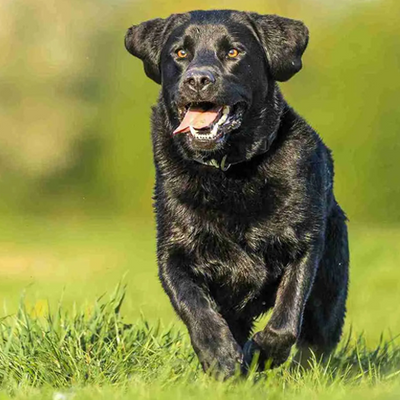
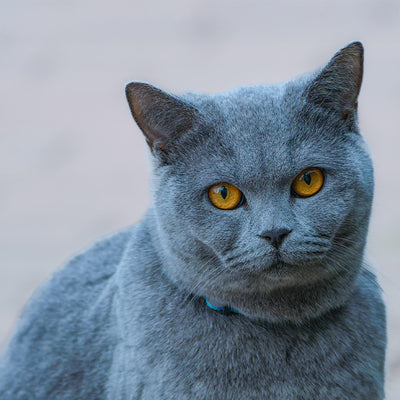
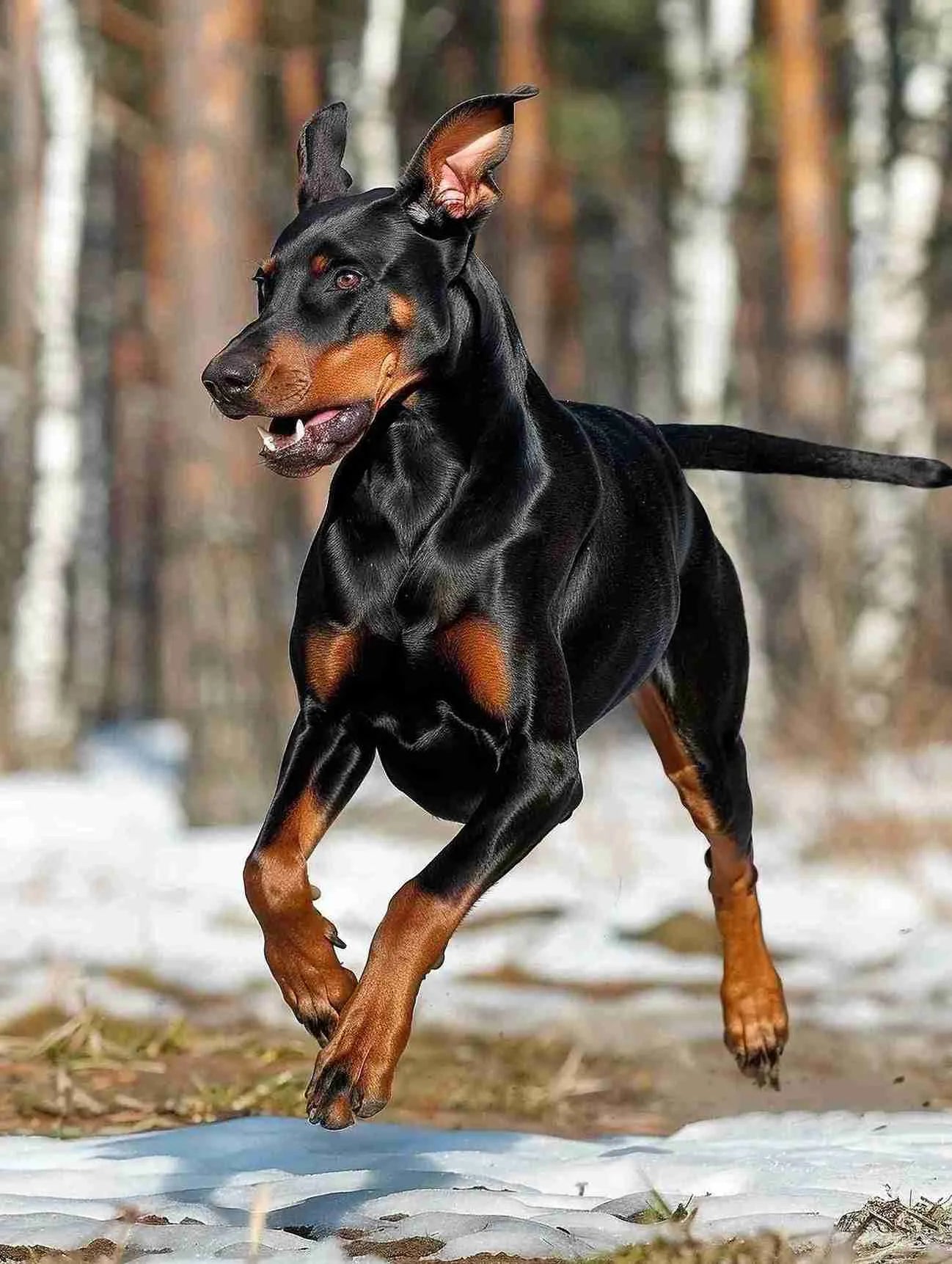
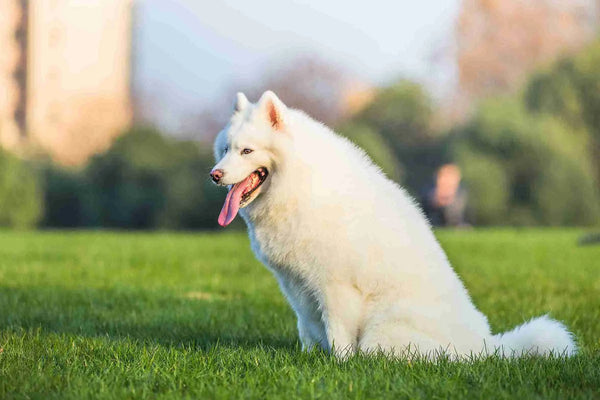
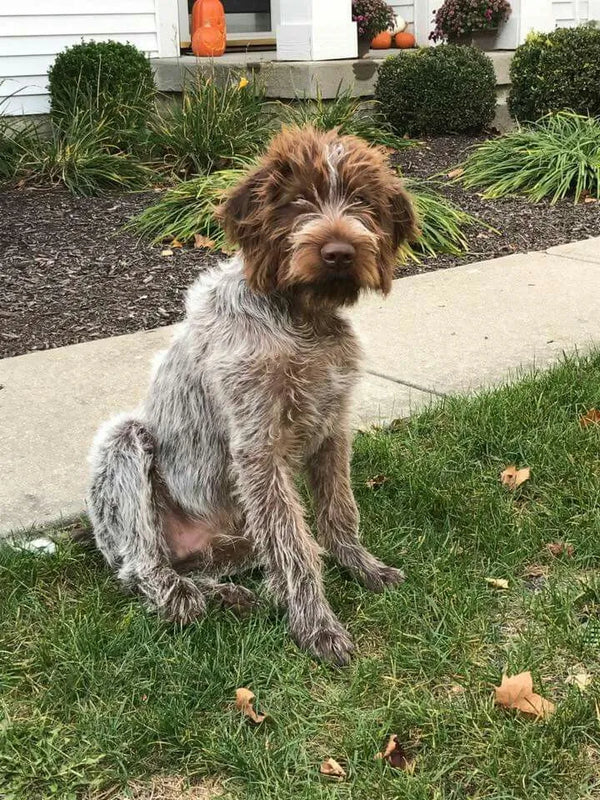
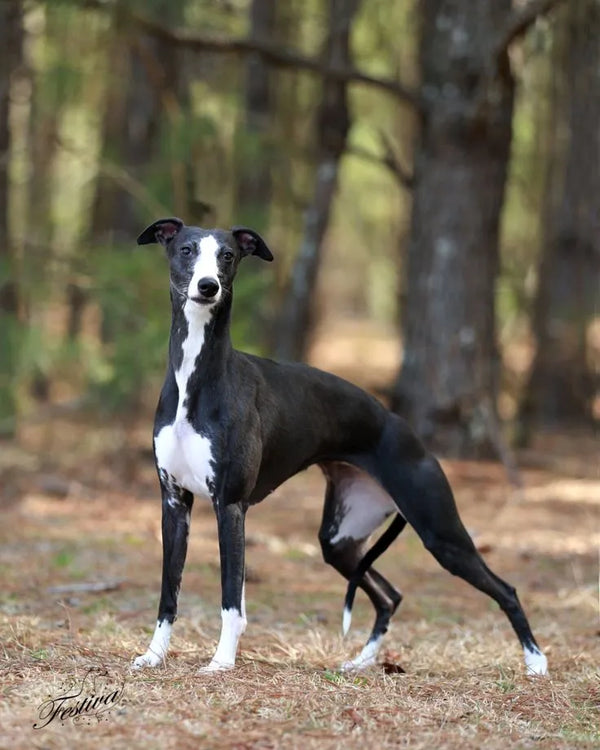
0 comments